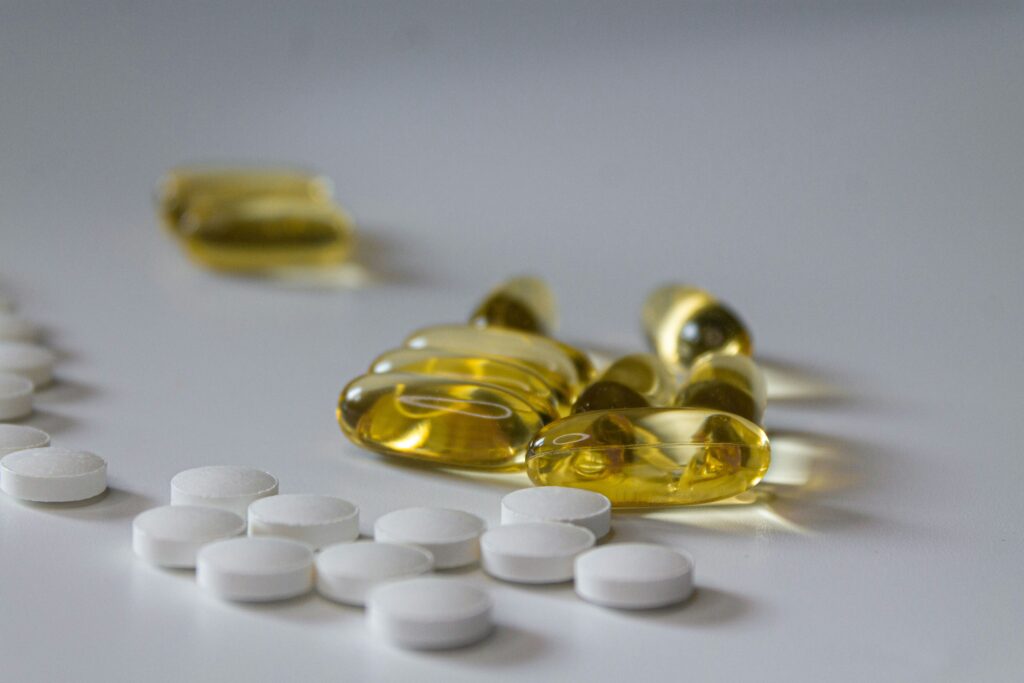Maximizing Workout Recovery During Menopause: Essential Strategies for Midlife Athletes

Many fitness enthusiasts navigating menopause understand how this transition can impact workout recovery. The hormonal shifts during this phase of life present unique challenges, but with the right strategies, it’s absolutely possible to maintain and even improve your fitness level. Here are some of the best tips and techniques to transform your post-workout recovery and push beyond what you thought was possible during this transformative time.
Understanding the Menopausal Impact on Recovery
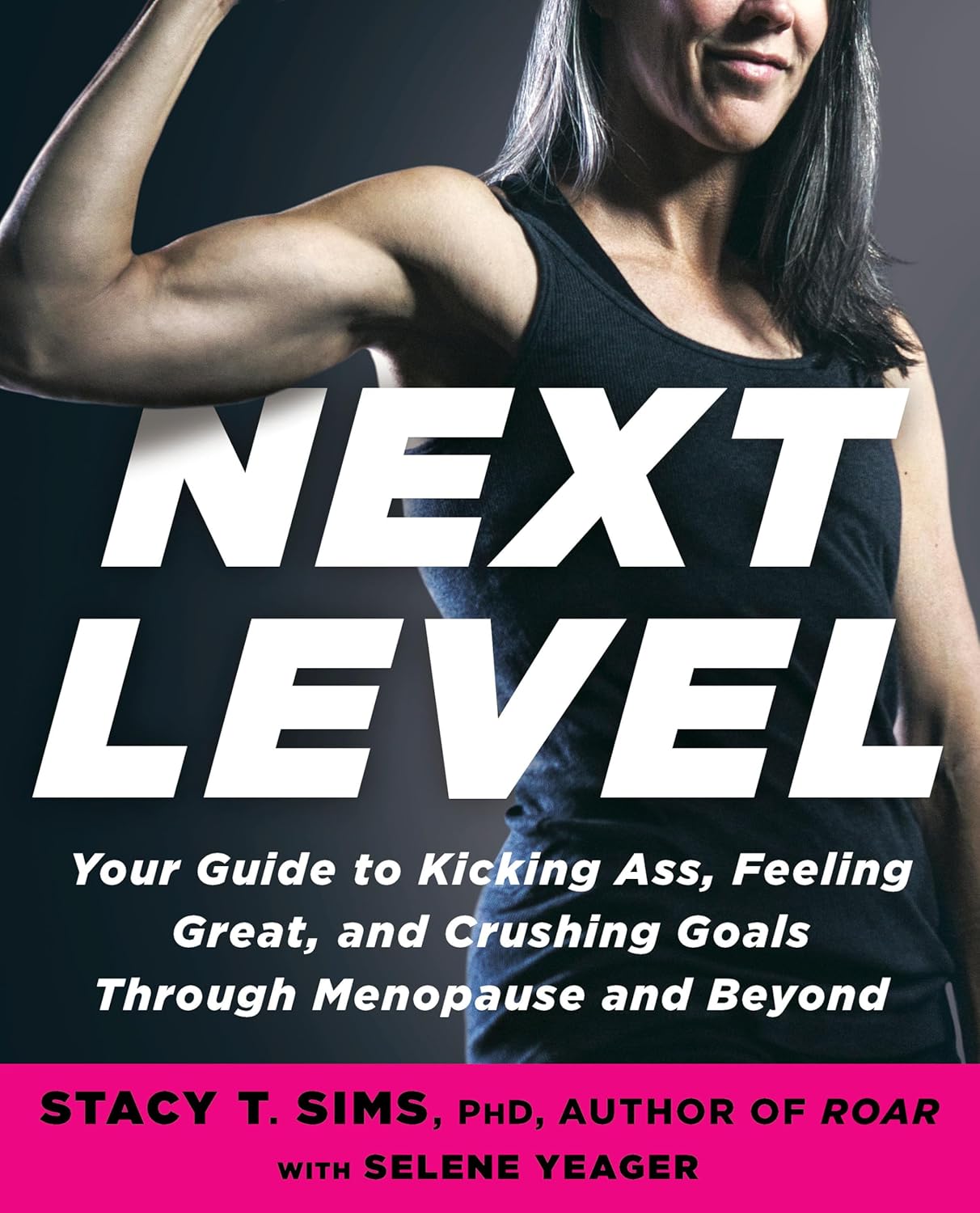
Menopause significantly alters how our bodies respond to exercise and recover afterward. The decline in estrogen levels affects muscle repair and growth, leading to longer recovery times after tough workouts. This hormonal shift also impacts bone density, making strength training more crucial than ever.
When these changes first occur, it can be very frustrating. Usual recovery routines may not be as effective anymore, and you may need to completely rethink your approach. But understanding these changes is the first step in adapting recovery strategies to work you’re your body’s new needs. For a great menopause resource, check out Next Level: Your Guide to Kicking Ass, Feeling Great, and Crushing Goals Through Menopause and Beyond by Stacy T. Sims, PhD, and Selene Yeager.
Nutrition: The Foundation of Recovery
Proper nutrition becomes even more critical during menopause. Our bodies’ nutritional needs change, and we need to adjust our diets accordingly to support recovery and overall health.
Protein: The Building Block of Recovery
One of the most significant changes to make is increasing your protein intake. Research suggests that menopausal women may need up to 30% more protein than before to maintain muscle mass. The difference in recovery time can be remarkable when you include high-quality protein sources into every meal.
Good protein sources include:
- Lean meats (chicken, turkey, lean beef)
- Fish (salmon, tuna, mackerel)
- Eggs
- Greek yogurt
- Legumes (beans, lentils, chickpeas)
- Tofu and tempeh
Aim for about 1.2 to 1.6 grams of protein per kilogram of body weight daily, spread across meals and snacks.
Calcium and Vitamin D: Bone Health Essentials
With the increased risk of osteoporosis during menopause, calcium and vitamin D will become your new best friends. Make sure to load up on leafy greens, fortified foods, and sometimes supplements (after consulting with your doctor).
Good sources of calcium include:
- Dairy products
- Leafy greens (kale, collard greens, spinach)
- Sardines and canned salmon with bones
- Fortified plant-based milk
For vitamin D, try some of these:
- Fatty fish (salmon, mackerel, tuna)
- Egg yolks
- Mushrooms exposed to UV light
- Fortified foods
- Sunlight exposure (with proper sun protection)
Omega-3 Fatty Acids: Fighting Inflammation
Omega-3 fatty acids are fantastic for combating inflammation and joint pain, which can be more pronounced during menopause. Increase your intake of:
- Fatty fish (salmon, sardines, mackerel)
- Flaxseeds and chia seeds
- Walnuts
- Algae-based supplements (for vegetarians/vegans)
An excellent flaxseed product to sprinkle on your oatmeal, yogurt or fruit is Spectrum Essentials Organic Ground Premium Flaxseed.
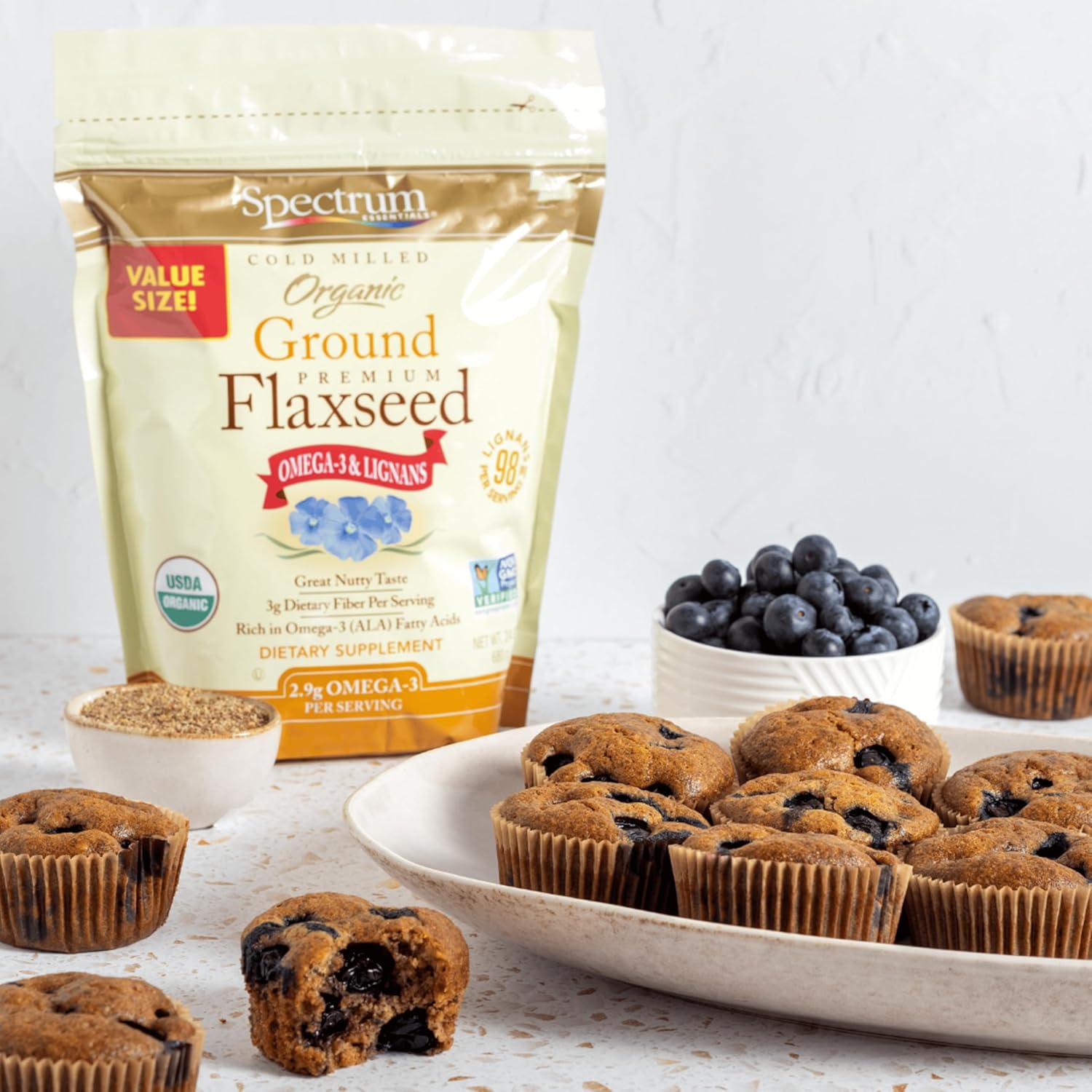
Antioxidants: Supporting Overall Health
Antioxidants help combat oxidative stress and support overall health. Make sure to include plenty of colorful fruits and vegetables in your diet, such as:
- Berries (blueberries, strawberries, raspberries)
- Dark leafy greens
- Sweet potatoes
- Bell peppers
- Green tea
One highly popular tea is Yogi Super Antioxidant Green Tea which is tasty and eco-conscious.

Hydration: More Important Than Ever
Staying hydrated during menopause takes on a whole new level of importance. Hot flashes and night sweats can really throw off your fluid balance. One trick is to carry a water bottle everywhere and set reminders on your phone to drink regularly throughout the day.
To make hydration more interesting, infuse your water with fruits or herbs. One tasty option is cucumber and mint – it’s refreshing and reminds you of being at a spa! One natural fruit infusion for water is Xinandyao Mixed Fruit for cold or hot brew tea.
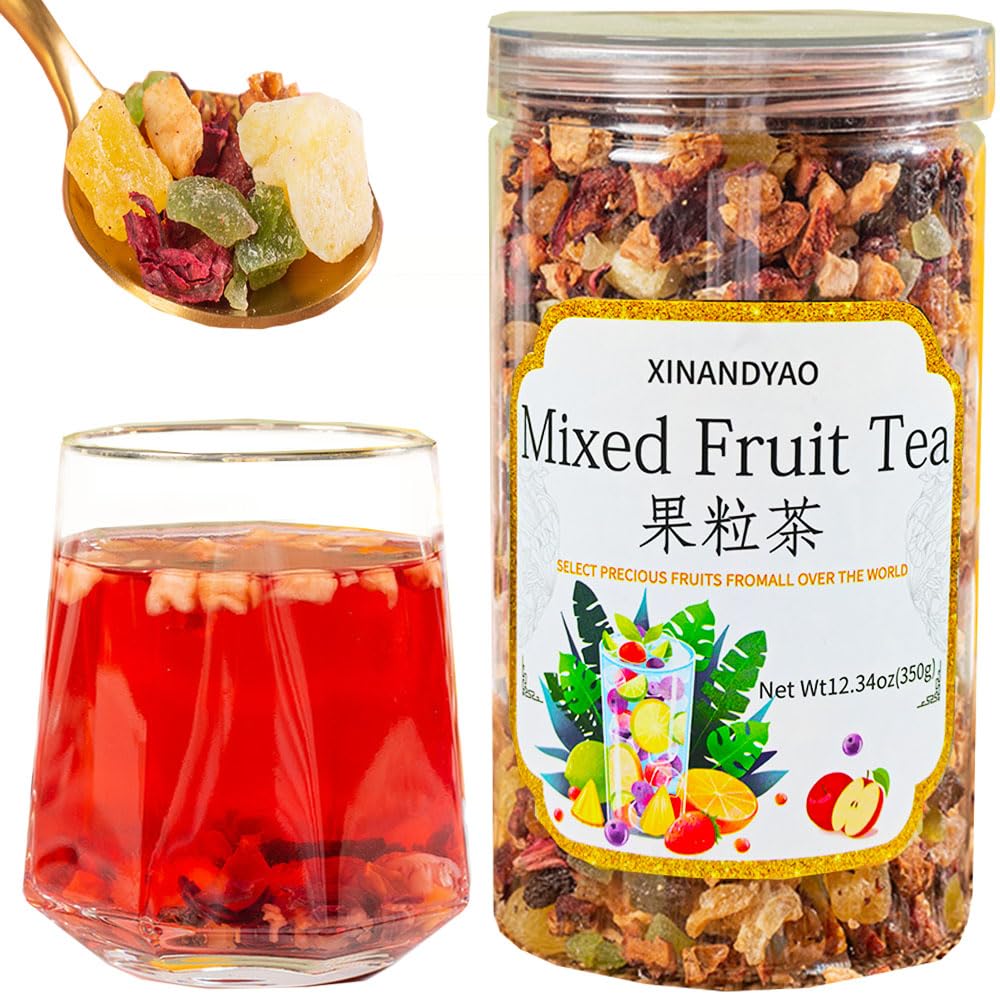
Some tips for staying hydrated:
- Start your day with a large glass of water
- Eat water-rich foods like cucumbers, watermelon, and zucchini
- Herbal teas count towards your fluid intake
- Monitor your urine color – pale yellow shows good hydration
Sleep: The Secret Weapon of Recovery
Quality sleep is absolutely crucial for workout recovery, but menopause can wreak havoc on your sleep patterns. Here’s are some helpful suggestions to try:
- Creating a cool, dark sleeping environment: Invest in blackout curtains and keep your bedroom temperature around 65°F (18°C).
- Moisture-wicking sleepwear and bedding: These help manage night sweats and keep you comfortable. Joyaria Lightweight Bamboo Cooling Pajamas are one example of nighttime wear.
- Limiting caffeine: Say goodbye to caffeine after 2 PM.
- Establishing a bedtime routine: Wind down with some light stretching or reading before bed.
- Using white noise or nature sounds: This helps mask any disruptive noises and creates a soothing environment.
- Avoiding screens before bedtime: The blue light from devices can interfere with melatonin production, so try to avoid them for at least an hour before sleep.
The Hatch Restore Smart Sleep Machine is versatile option for creating a sleep-inducing environment.

Recovery Techniques and Tools
Several recovery techniques and tools are fundamental for the menopausal post-workout recovery.
Foam Rolling: Your Personal Massage Therapist
Foam rolling is a post-workout best friend. It helps work out those knots and reduces muscle soreness like nothing else. Spend about 10-15 minutes foam rolling after each workout, focusing on:
- Quadriceps
- Hamstrings
- Calves
- Upper back
- IT bands
The TriggerPoint GRID Foam Roller‘s ridged design mimics the feel of a massage therapist’s hands, helping to release knots and promote circulation.

Compression Garments: A Hug for Your Muscles
Slipping into a pair of compression leggings after a tough workout feels like giving your legs a gentle, supportive hug. Compression garments can help:
- Reduce muscle soreness
- Improve blood circulation
- Decrease swelling
Wear them for a few hours post-workout or even overnight after particularly intense sessions. Heathyoga Compression Leggings for Women are one highly rated example to try.

Epsom Salt Baths: Soothing Soak for Sore Muscles
An Epsom salt bath is a go-to relaxation and recovery technique. It’s not just relaxing – it also helps ease muscle soreness and might even improve magnesium absorption. Add about 2 cups of Epsom salt to a warm bath and soak for 15-20 minutes. Dr Teal’s Pure Epsom Salt Soaking Solution: This is probably the most well-known brand when it comes to Epsom salts. Dr Teal’s comes in different varieties, each infused with essential oils like lavender, eucalyptus, or chamomile to promote relaxation. With thousands of positive reviews, this product is a favorite for muscle recovery and relaxation alike.
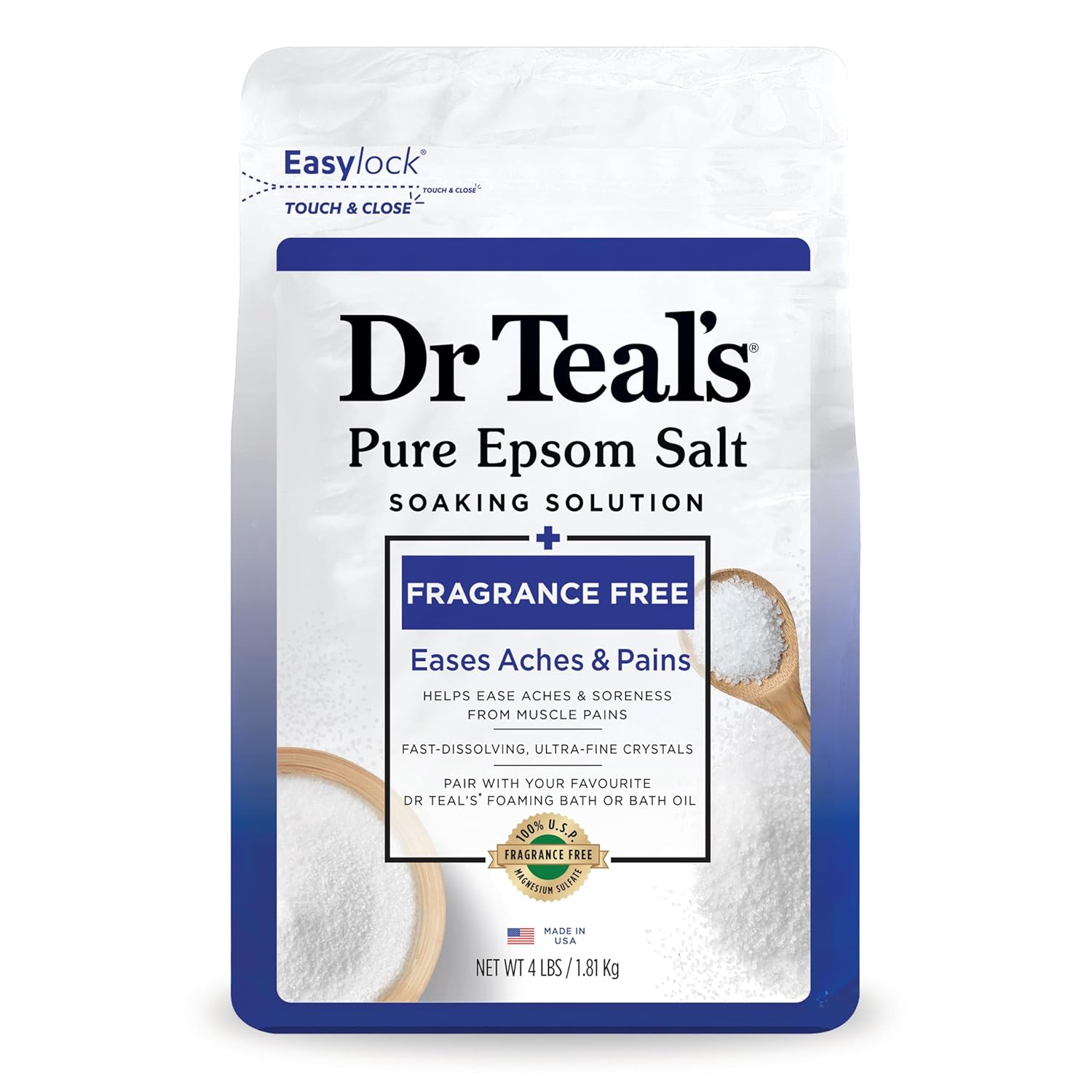
Heat and Cold Therapy: Alternating for Optimal Recovery
You can use both heat and cold therapy, depending on the situation:
- Cold therapy: Ice packs or cold baths immediately after a workout to reduce inflammation and numb pain. This is particularly helpful for acute injuries or very sore muscles.
- Heat therapy: Apply heat to sore muscles a day or two after intense workouts to increase blood flow and promote healing. A heating pad or warm compress works wonders.
The FlexiKold Gel Flexible Ice Pack is a popular option that is reusable and comes in multiple sizes.
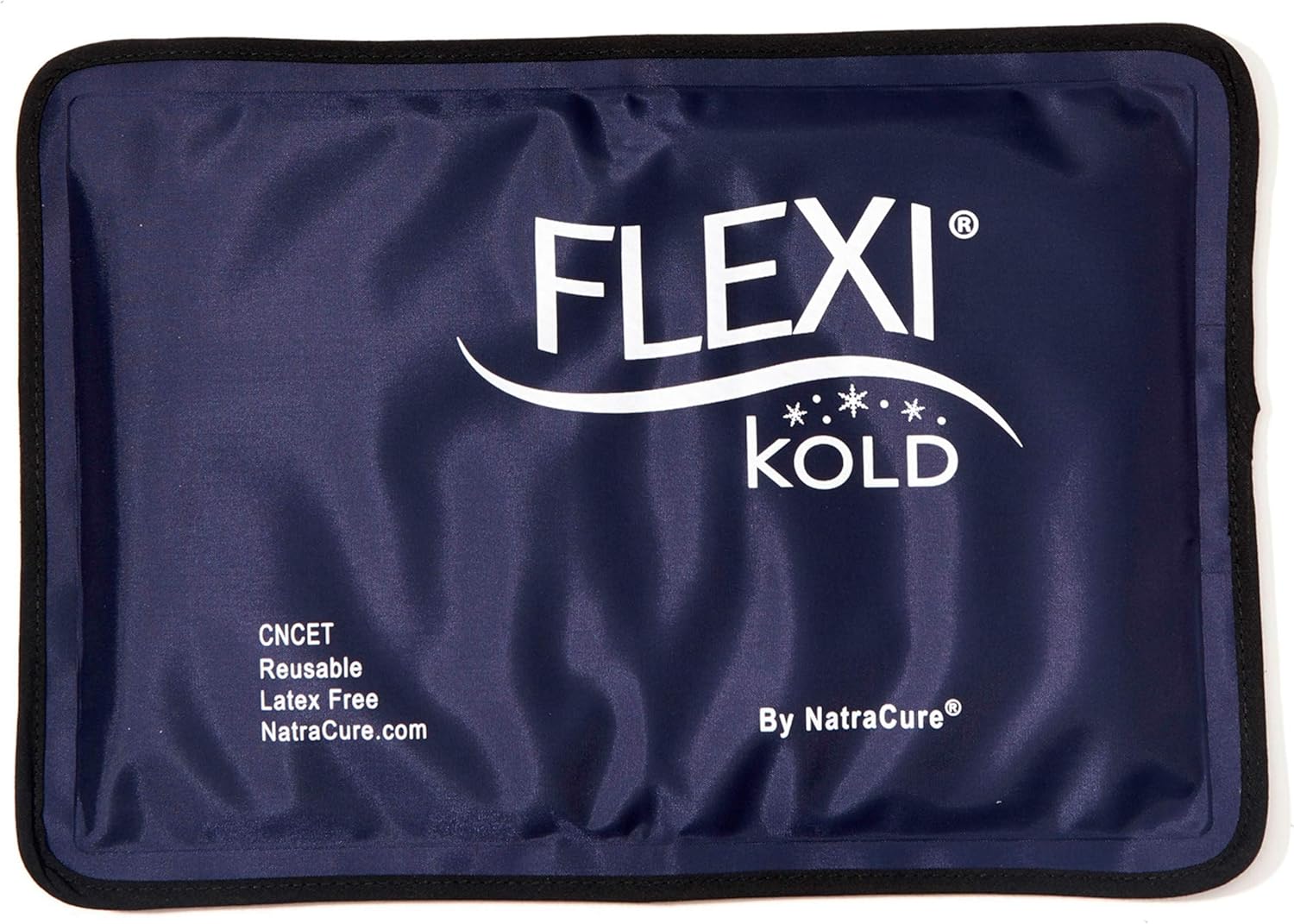
For a reusable heating pad, the SacksyThyme Microwave Heating Pad for Back, Neck, Shoulders, and Leg Pain is an all-natural option.
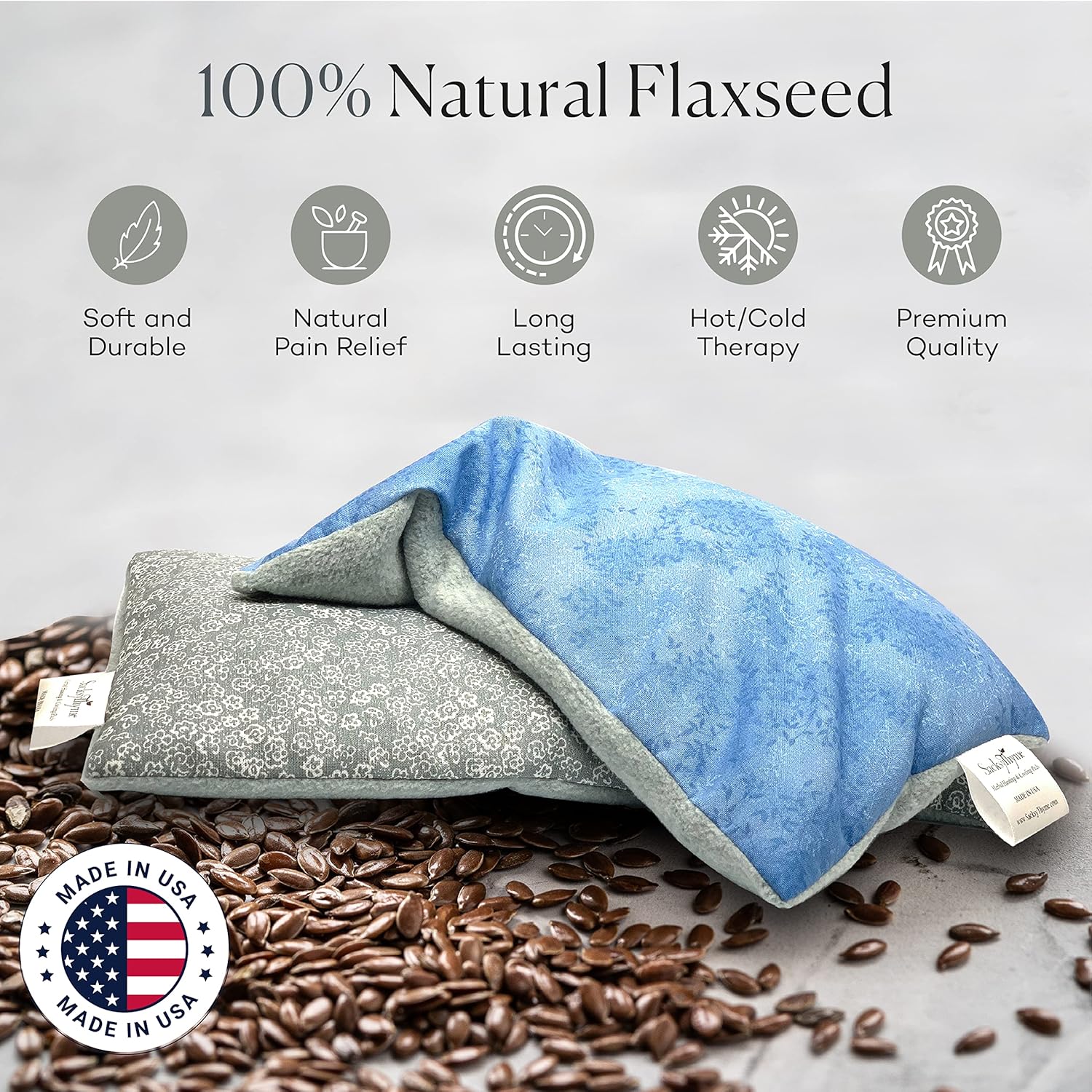
Massage: Professional Help for Stubborn Knots
While self-massage techniques are great, sometimes you need professional help. Treat yourself to a professional massage once a month, focusing on areas that tend to get tight or sore from your workouts. This helps with:
- Reducing muscle tension
- Improving flexibility
- Enhancing overall recovery
Stress Management: The Often-Overlooked Factor
Stress can wreak havoc on our recovery, especially during menopause. Our bodies are already dealing with so many changes, and stress just adds fuel to the fire. Managing stress is crucial for optimal recovery and overall well-being.
Meditation and Mindfulness: Calming the Mind
Join meditation and mindfulness practices with your daily routine. At first, it may feel a bit awkward, sitting there trying to “clear your mind.” But with practice, you may appreciate a significant improvement in my overall well-being and recovery time. Apps like Headspace or Calm to guide you through short meditation sessions, usually 10-15 minutes a day. Focus on:
- Deep breathing exercises
- Body scan meditations
- Loving-kindness meditations
Yoga: The Perfect Blend of Physical and Mental Recovery
Including yoga as an integral part of your recovery routine can be beneficial. It helps you stretch out sore muscles, improves flexibility, and calms the mind all at once. Practice yoga 2-3 times a week, either at home using online videos or at a local studio.
Some of great yoga styles for recovery include:
- Yin yoga
- Restorative yoga
- Gentle Hatha yoga
For additional inspiration, check out Menopause Yoga by Petra Coveney.

Adapting to Your New Normal
One of the most important things to learn on this journey is the importance of listening to your body. What worked for you pre-menopause might not cut it anymore, and that’s okay. It’s all about finding your new normal and embracing the changes.
Tracking and Adjusting
Start keeping a detailed workout and recovery journal. It helps keep track what is and is not working, allowing for fine-tuning your approach.
Pay attention to:
- How you feel during and after workouts
- Your energy levels throughout the day
- Your sleep quality
- Any unusual aches or pains
Based on these observations, make adjustments to workout intensity, frequency, and recovery techniques. Navigating Menopause: A Comprehensive Tracking Workbook Designed to Help You Monitor Your Health Journey through Perimenopause and Menopause by Karen Cerezo is one example of a journal dedicated to such personal tracking.

Embracing Flexibility
Flexibility is an important quality, both in terms of physical flexibility and in your approach to fitness. It is okay to modify your workout plans based on how you’re feeling on any given day.
Some days, that might mean:
- Swapping a high-intensity workout for a gentle yoga session
- Taking an extra rest day when my body needs it
- Focusing on mobility work instead of strength training
Celebrating Non-Scale Victories
While the number on the scale can be one measure of progress, celebrate other types of victories as well. These might include:
- Improved energy levels
- Better sleep quality
- Increased strength or endurance
- Enhanced mood and mental clarity
- Greater flexibility or balance
Key Takeaways
- Understand the impact of hormonal changes on your body and recovery process during menopause.
- Prioritize nutrition, focusing on increased protein intake and bone-supporting nutrients.
- Stay well-hydrated, especially to combat the effects of hot flashes and night sweats.
- Create a sleep-friendly environment to enhance recovery and overall well-being.
- Adapt your workout routine to include strength training and low-impact exercises.
- Utilize recovery tools like foam rollers and compression garments.
- Incorporate stress management techniques into your daily routine.
- Listen to your body and be willing to adjust your approach as needed.
- Include recovery-enhancing exercises in your routine, such as gentle yoga and balance training.
- Be patient and kind to yourself as you navigate this new phase of your fitness journey.
To maximize your recovery efforts, explore Recovery Essentials Hub for additional workout recovery tips and products designed to help you achieve peak performance. Investing in high-quality recovery practices can make the difference between basic workouts and breaking new fitness records.
This post contains affiliate links. If you click on one and make a purchase, I may earn a commission at no additional cost to you. Rest assured, I only recommend products or services I believe will provide value to my readers

